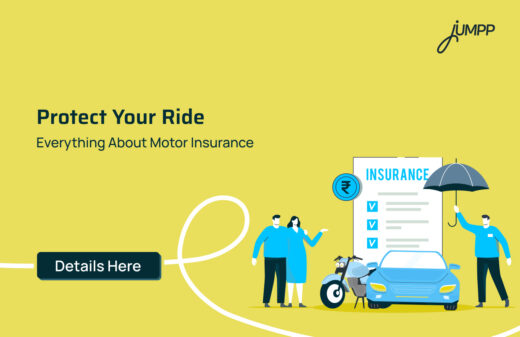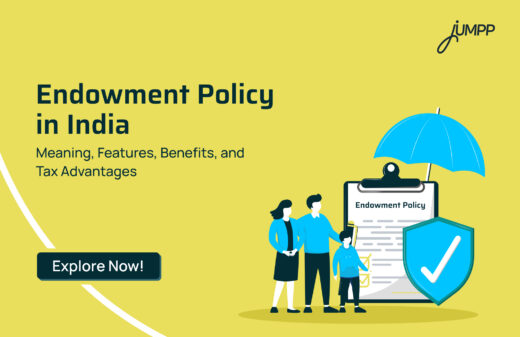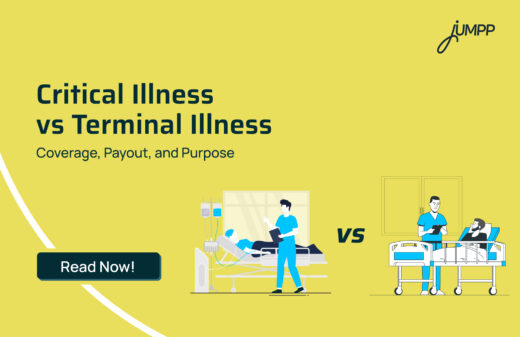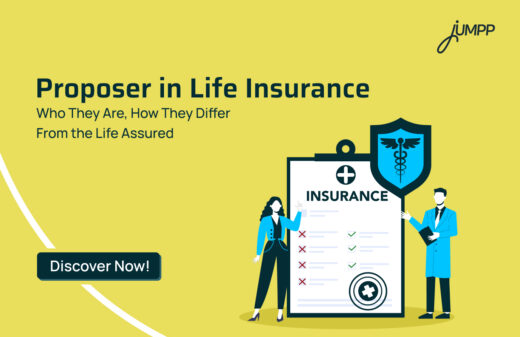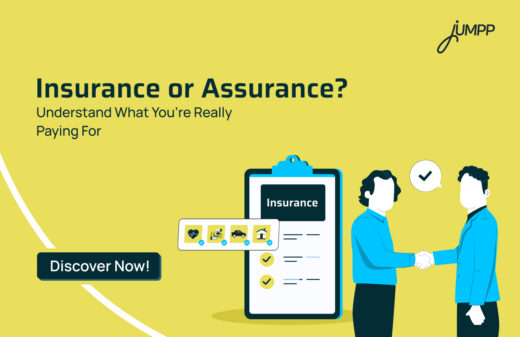Cashless Health Insurance- Meaning, Types and Plans
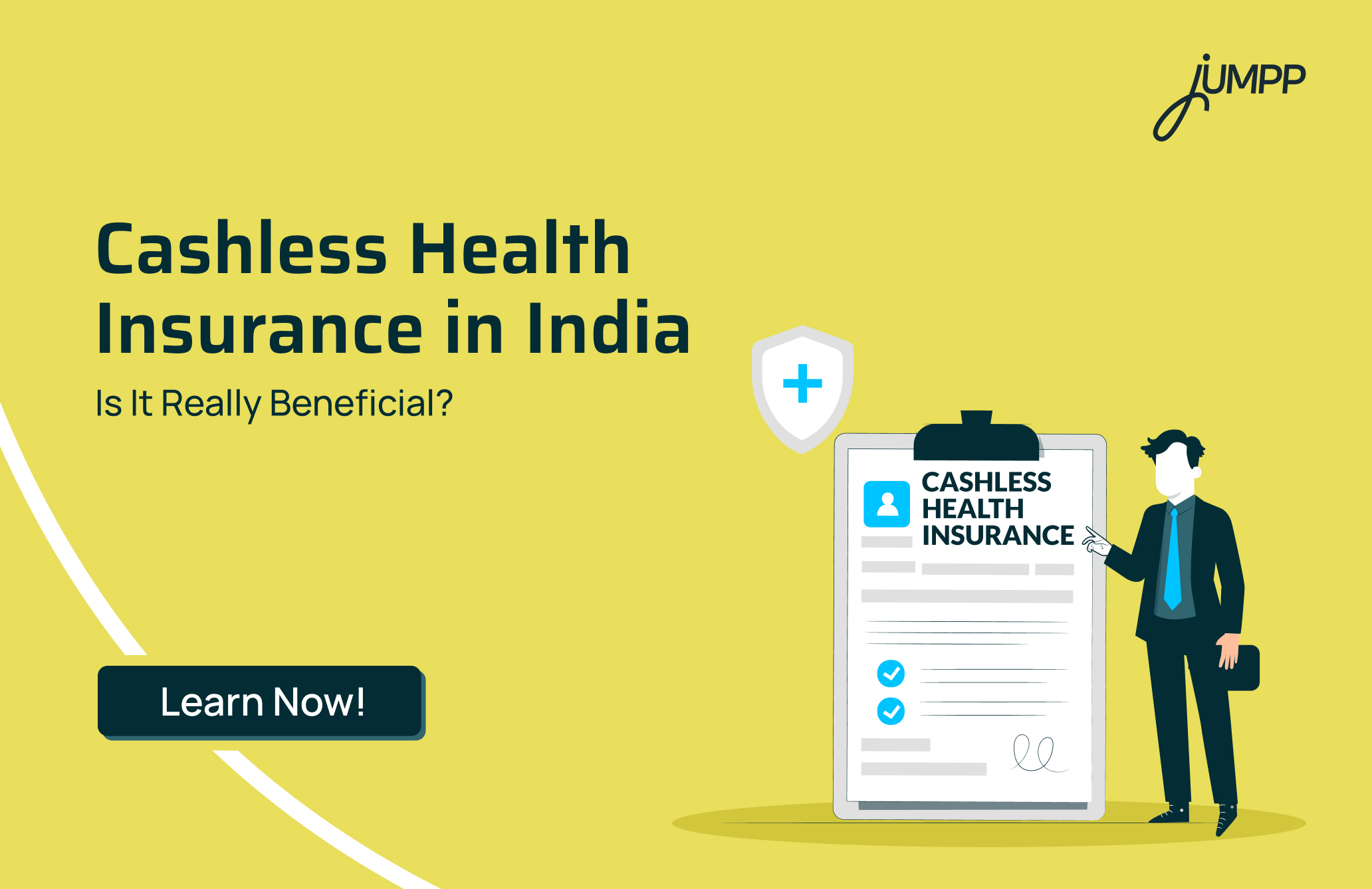
Healthcare costs in India are rising fast. Even a single emergency hospital visit can dent your savings. With medical inflation expected to touch 13% in 2025, managing treatment costs is becoming harder for most families. That’s exactly why health insurance companies introduced cashless health insurance.
Here, your insurer settles the bills directly with the hospital. This facility allows you to receive medical care without paying anything upfront at the hospital.
Let us explore the benefits and types of cashless health insurance in India!
What is Cashless Health Insurance?
Cashless health insurance is a facility offered by insurance companies that allows policyholders to receive medical treatment at network hospitals without having to pay in advance.
Under this arrangement, the hospital bills and medical expenses are settled directly between the insurer and the hospital. Only non-covered items or co-payment clauses, if applicable, need to be paid by the insured during hospitalisation.
What are the Various Types of Cashless Health Insurance Plans?
There are several types of cashless health insurance plans available.
You can choose from the following options:
Individual Plan
An individual plan covers one person’s medical expenses, including hospital stays, treatments, and surgeries.
Family Floater Plan
A family floater policy covers the entire family, which is usually a spouse, children, and sometimes parents, under a single sum insured.
Group Health Insurance
Group health insurance is mostly offered by employers to their employees, and sometimes it includes family members, too. It’s usually more affordable and provides basic protection against common illnesses and accidents.
Senior Citizen Plan
These plans are specifically designed for people aged 60 and above. They cover age-related illnesses, pre-existing diseases (after a waiting period), ambulance services, and hospitalisation costs.
Maternity Plan
A maternity plan takes care of pregnancy and childbirth-related expenses. It often includes pre- and post-natal care and covers the newborn’s medical needs during the first few weeks, making it a helpful choice for young families planning ahead.
Critical Illness Plan
Critical illness policies are built for high-impact health conditions such as cancer, stroke, heart attack, or organ transplants. They either pay a lump sum or offer cashless treatment.
Features of Cashless Health Insurance
Cashless health insurance facility ensures a hassle-free claim process, instant access to medical care, and financial stability during emergencies.
- The insurer directly settles bills with the network hospital after a pre-authorisation process.
- Cashless facilities are available at a wide range of empanelled hospitals across the country.
- Policies often cover pre- and post-hospitalisation expenses, daycare procedures, diagnostic tests, ambulance charges, and room rent.
- 24×7 assistance is available for documentation, pre-authorisation, and claim coordination.
- The cashless process eliminates the need for policyholders to file reimbursement claims or handle lengthy paperwork.
How Cashless Health Insurance Works
The introduction of the “Cashless Everywhere” facility by the General Insurance Council in January 2024 has transformed the system.
This initiative allows policyholders to access cashless treatment even at non-network hospitals. However, to avail of this benefit, the insurer must be informed at least 48 hours before a planned hospitalisation or within 24 hours in case of an emergency.
A cashless policy takes care of hospital bills, but real financial security comes from knowing your savings are in place, too. Begin by setting up a zero-balance savings account online!
- The insurer directly settles medical bills with the network hospital.
- You do not need to pay for covered treatments.
- You must be admitted to a hospital that is part of your insurer’s network.
- It is important to inform the insurer within the required timeframe (24–48 hours for planned admission, within 24 hours for emergencies).
- Complete the pre-authorisation process at the hospital’s insurance desk.
- The insurer reviews your documents and approves the claim if eligible.
- The insurer pays the hospital directly for covered expenses.
- You pay for non-covered costs such as consumables or co-payments
What is Covered in Cashless Health Insurance?
It covers a broad range of medical expenses.
- Inpatient hospitalisation, like room rent, nursing charges, ICU fees, and doctor consultations, is included during your hospital stay.
- Medical and surgical procedures which cover expenses for surgeries, operations, and other medical treatments carried out during admission.
- Day-care treatments and procedures that do not require an overnight stay, such as chemotherapy, dialysis, and cataract surgery.
- Pre-hospitalisation expenses, such as consultations and medicines, that are incurred within the pre-defined days before admission.
- Post-hospitalisation expenses such as follow-up visits, medicines, and investigations after discharge for a specified period.
- Ambulance charges cover the cost of emergency transportation to the hospital.
- Diagnostic tests expenses for X-rays, MRIs, scans, and blood tests conducted during hospitalisation.
- Many plans extend coverage to serious conditions such as cancer, stroke, or heart attack.
What is Not Covered in Cashless Health Insurance?
Here are some of the common exclusions under cashless health insurance plans:
- Non-medical expenses: Items like toiletries, registration fees, or hospital convenience charges are not covered.
- Cosmetic or plastic surgery: Procedures done for aesthetic purposes, unless medically necessary due to an accident or burn injury, are excluded.
- Self-inflicted injuries: Treatments arising from intentional self-harm are not eligible for claims.
- Substance abuse treatment: Expenses related to alcohol or drug addiction are not covered.
- Non-accidental dental procedures: Dental treatments are only covered if required due to an accident.
- Ambulance charges: In some cases, ambulance services may not be included unless specified in your policy.
Cashless Claims for Planned Hospitalisation
A planned hospitalisation is when you already know you’ll need medical care. Since you have time to plan, you can inform your insurer in advance and choose a hospital that offers cashless treatment under your policy.
Here’s how the process usually works:
Step 1: Contact your insurance provider at least 48 hours before admission. Share the details of your planned treatment and preferred hospital.
Step 2: Visit the hospital’s insurance desk with your health card or policy details. Ask for a pre-authorisation form.
Step 3: Fill in the pre-authorisation form carefully and submit it to the hospital staff. The hospital will forward it to the insurer or their Third-Party Administrator (TPA), who will then review your details, verify your eligibility and policy terms, and approve or reject the cashless request.
Step 5: Once approved, an authorisation letter is sent to the hospital mentioning the sanctioned amount for your treatment.
Step 6: You can now proceed with your procedure. After discharge, sign the final documents, and your insurer will directly clear the bills with the hospital.
Cashless Claims for Emergency Hospitalisation
Emergencies like accidents, sudden illnesses, or unplanned surgeries often require immediate care. Even in such situations, you can still use your cashless facility. This is subject to the condition that you have to inform your insurer on time.
Here’s what you should do:
Step 1: Notify your insurer within 24 hours of admission. Most insurance companies allow you to do this via their helpline, website, or mobile app.
Step 2: At the hospital, present your health insurance card, which includes your policy number and insurer details.
Step 3: Fill out the pre-authorisation form at the insurance desk. The hospital will send it directly to the insurer or TPA for verification.
Step 4: The insurer or TPA will check the details and decide whether to approve the request based on your policy coverage.
Step 5: Once the approval comes through, your treatment continues without interruption. At discharge, sign all necessary papers and let the insurer handle the settlement directly with the hospital.
Most insurers today process emergency cashless claims within 2 to 3 hours.
What are the Benefits of Cashless Health Insurance
Cashless health insurance offers convenience and financial relief during both planned and emergency medical situations.
- Immediate care: You receive timely treatment without worrying about arranging funds in advance.
- Financial relief: Your personal savings remain intact as the insurer handles payments directly with the hospital.
- Convenience: With the insurer managing hospital coordination and documentation, the entire process becomes smoother.
- Wider access to care: With extensive hospital networks and the growing Cashless Everywhere option, you can get treated at more facilities.
Cashless vs Reimbursement Claims: What’s the Difference?
The biggest difference between a cashless and a reimbursement claim lies in who pays first.
| Category | Cashless Claim | Reimbursement Claim |
| Who Pays First | The insurance company pays the hospital directly. | You pay the hospital bills first and get reimbursed later. |
| Where It Applies | Only at network hospitals tied up with your insurer. | At any hospital, including non-network ones. |
| Process | Get treated at a network hospital, fill out a pre-authorisation form, and the insurer settles the bill directly. | After discharge, submit original bills, prescriptions, and documents to your insurer for reimbursement. |
| Paperwork | Minimal. This is handled mainly by the insurer and the hospital. | More paperwork. You need to collect and submit all documents yourself. |
| Time Taken | Quickly, as bills are settled directly during treatment. | Longer, since verification happens after discharge. |
| Advantages | No upfront payment, stress-free process, and instant access to care. | Greater flexibility, usable at any hospital, and covers pre- and post-hospitalisation costs. |
| Limitations | Restricted to network hospitals and pre-approved treatments. | Requires upfront payment and can involve a longer approval time. |
How to Avoid Cashless Health Insurance Claim Rejections
To make sure your claim goes through smoothly, keep these important points in mind:
- Always inform your insurer about any pre-existing illnesses when buying the policy. Withholding medical history can lead to rejection later.
- Whether it’s a planned surgery or an emergency admission, notify your insurance company within the required timeframe. This should be done usually 48 hours before planned hospitalisation or within 24 hours of an emergency.
- Fill out the form carefully with complete and factual details about your medical condition, treatment, and hospitalisation.
- Review your policy to understand the waiting periods for specific conditions. Filing a claim before the waiting period ends often results in rejection.
- Read your policy documents thoroughly to know what is included and excluded. Many rejections happen simply because the treatment isn’t covered.
- A lapsed policy is one of the most common reasons for claim denial. Make sure your health insurance is active before seeking any treatment.
What to Consider Before Buying a Cashless Health Insurance
Before choosing a cashless health insurance plan, you need to keep these key factors in mind:
- Network of hospitals: Ensure the insurer has an extensive network, including reputed hospitals near your location.
- Claim Settlement Ratio (CSR): A higher CSR reflects reliability and smoother claim handling.
- Coverage and exclusions: Review inclusions and exclusions carefully. Exclusions often include pre-existing conditions (with waiting periods), cosmetic procedures, and non-medical expenses.
Before buying your next policy, understand how Loading in Health Insurance can impact your premium and benefits.
- Waiting periods: Understand the waiting period applicable to specific illnesses or treatments.
- Customer service: Choose an insurer known for prompt claim support, user-friendly processes, and accessible digital assistance.
Conclusion
Cashless health insurance has quietly become one of the most practical financial tools in modern India. It takes away the one thing that makes medical emergencies harder, i.e., the tension of arranging money when every minute counts. With this facility, treatment starts first and payment follows later, handled directly between the insurer and the hospital.
The idea is simple but powerful. When you’re unwell, you shouldn’t have to think about bills. You should only have to think about getting better.
You can’t control when a medical emergency happens. But you can control how ready you are for it. Start exploring the right health insurance plan now!
Cashless Health Insurance- FAQs
Cashless health insurance lets you get treatment at a network hospital without paying in advance, as the insurer directly settles the bills with the hospital after approval.
Cashless insurance limits treatment to network hospitals and may face claim rejections, long waiting periods, or non-coverage of certain expenses.
As per IRDAI’s 2024 “Cashless Everywhere” rule, policyholders can now get cashless treatment at any hospital, with approvals and discharges processed faster.
India’s major public sector insurers are Life Insurance Corporation (LIC), New India Assurance, United India Insurance, and Oriental Insurance Company.
Yes, cashless claims can be rejected due to waiting periods, undeclared illnesses, non-network hospitals, policy lapse, or delay in notifying the insurer.
No plan covers every expense fully, but many offer complete coverage for hospitalisation, room rent, and alternative treatments within the sum insured, with some providing unlimited restoration and no room rent limits.


